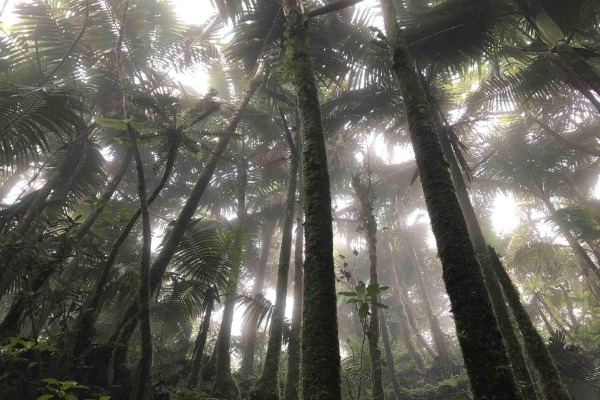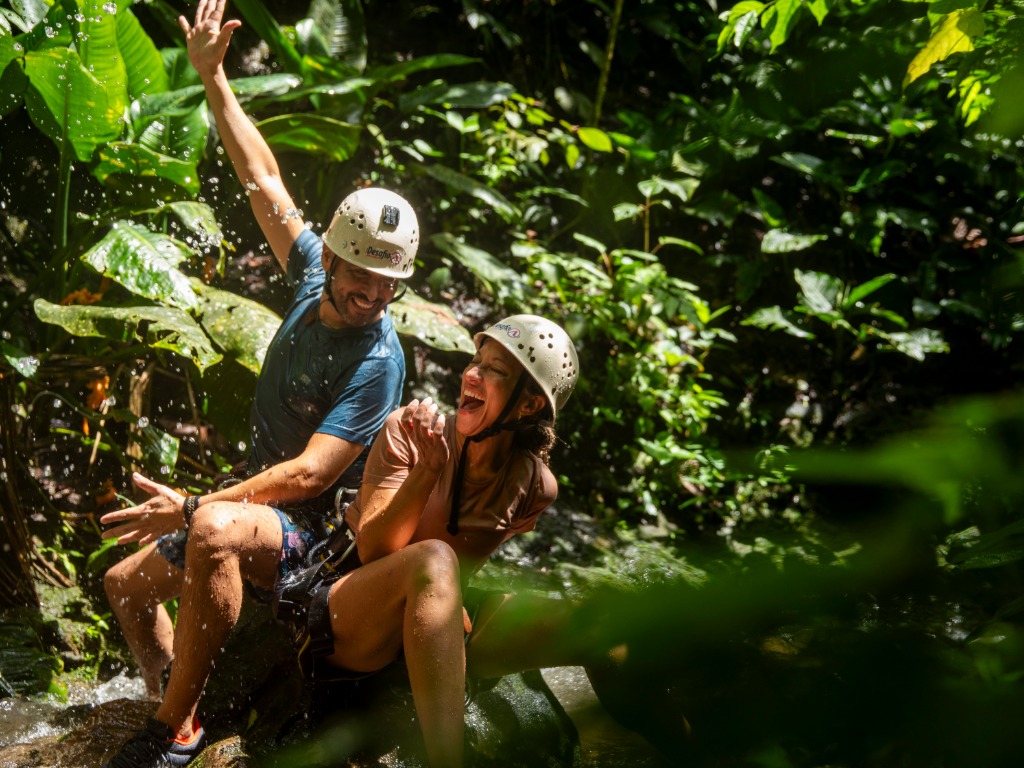The Positive Impact Of Regenerative Tourism

Regenerative tourism can make a meaningful difference rebuilding our social and physical assets and creating new opportunities for visitors and residents.
A panel discussion on regenerative tourism at the 2022 TIAC Tourism Congress moderated by Donna Hatt Chief Administration Officer at Travel Media Association of Canada helped to explain what regenerative tourism is, why it matters and how everyone in the sector can move towards both contributing to and benefiting from this approach to the visitor experience.
Speakers from six very different companies shared their own examples, and despite the differences, common themes emerged. Regenerative tourism is more than sustainability. It is about fixing what is broken. And it is also about creating new and more meaningful experiences for visitors, residents and rebuilding the physical world around them.
Alexis Kereluk, a partner at ConnectSeven Group, said that while Canada is not as advanced as some other regions, a lot of work in underway to develop products that meet changing demand for regenerative tourism products – such as business events that require sustainable practices by providers. ConnectSeven is also working with TIAC and other partners to promote sustainable tourism experiences.
Like others on the panel, Kereluk emphasized the importance of working with non-traditional partners.
EXA Group Canada develops sustainable tourism systems to deliver economic growth solutions in rural communities. Its founder, Edmar Xavier discussed a new technology that converts organic waste to energy. His message was that solutions go beyond actions like installing solar panels. Regenerative tourism is living in harmony with the environment and people: looking at others and seeing yourself.
Kaitie Worobec, Project Manager at Synergy Enterprises shared an example of out-of-the-box thinking and non-traditional partnerships. Revelstoke BC’s Thanksgiving Back program combines tourism with volunteering to create a unique partnership between visitors, Revelstoke residents and nonprofit organizations, where visitors participate in volunteer projects in exchange for free accommodation. Worobec emphasized how Thanksgiving Back has many benefits: it is an opportunity to foster connections between residents and visitors, support non-profits and increases travel during shoulder season.
As the longest trail network in the world, the Trans Canada Trail connects Canadians and visitors to nature and to one another. Mathieu Roy VP, Chief Trail Experience Officer talked about the work being done to develop premium tourism experiences related to the trail. One notable example was the work with Pêmiska Tourism that allows visitors to walk the Trans Canada Trail while being exposed to Indigenous-led experiences and stories that show the vibrant history of the local Peoples.
A common view by the panel is that everything is changing, and we need to change as well. Trevor Jonas Benson, President & CEO at Bannikin Travel & Tourism believes that we must shift our thinking to find ways to generate new and exciting possibilities by thinking not about changing, but about flourishing.
A great example of how innovative thinking can help people – and other life – flourish is the reintroduction of Plains bison to their natural prairie home at Wanuskewin Heritage Park after an absence of 150 years. The return of the bison has opened a new opportunity to share cultural knowledge, specialized programming, ceremonies and thoughtful discussion.
Angela Nagy, President & CEO at GreenStep, a company that provides tools to provides sustainability assessments, software, and certifications to help organizations measure and improve their sustainability performance, spoke about the importance of finding new ways of travelling and doing business. We must reset how we look at problems and turn things on their head; rather than being less bad, she said, we need to focus on being more good.
Small or incremental change counts. Examples include urban agriculture and bee farms, investing in more sustainable energy than you need and water capture programs.
At the end of the day, regenerative tourism should leave people inspired, empowered.


